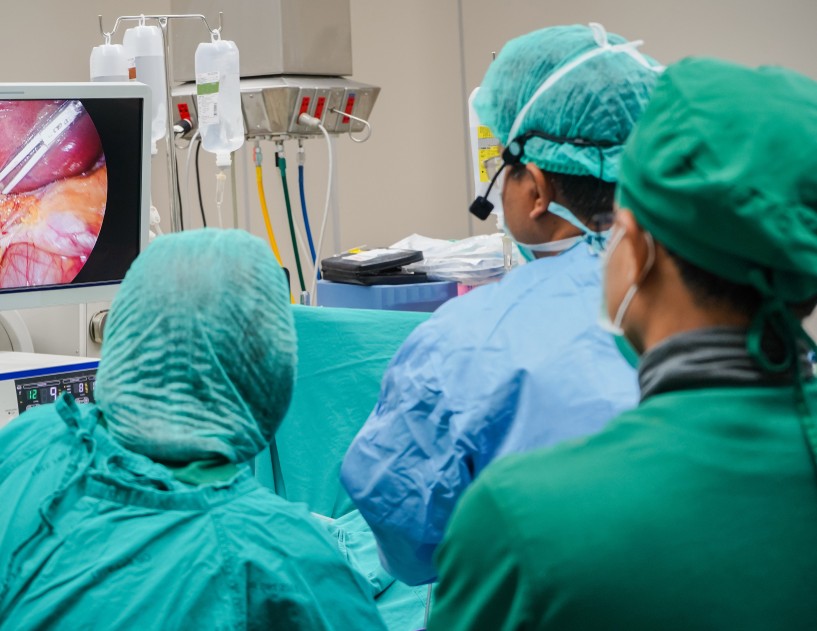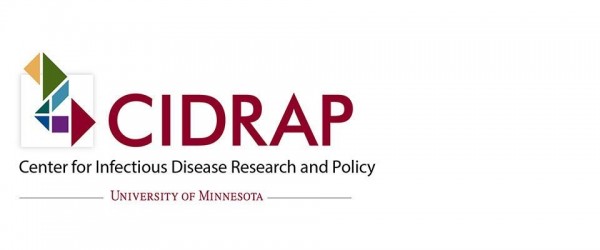Advances in ambient AI bring precision to OR performance

Pinpoint accuracy in surgical technique has advanced beyond what many ever thought possible. Unfortunately, such refinements have been slower to reach the perioperative business front. OR leaders often rely on vague metrics and educated guesses to guide their teams. Ambient artificial intelligence (AI) is changing that. When integrated with data…
Streamlining surgical workflow with better team communication

Effective communication is the foundation of patient safety in the modern surgical environment. Most surgical procedures depend on seamless collaboration among surgeons, nurses, surgical technologists, and anesthesiologists, and when communication breaks down, patient risk rises sharply. In 2024, the American College of Surgeons reported standardized surgical handoffs improved adherence to…
Session: Keep calm and recover—Essential service recovery tools for new OR leaders
Editor's Note Transparent communication, humility, and swift action are essential for effective service recovery in perioperative services, said Leiran Cornish, MBA-HM, BSN, RN, director of nursing, Dartmouth Health Outpatient Surgery Center, and Patrel Nobles, MSN, RN, NE-BC, CNOR, system senior director, surgical services, Valley Health. Their session explored how nurse…
Session: Bridge the gap—Finding a common mission between the OR and SPD

Editor's Note Rebuilding trust and redefining teamwork between the OR and sterile processing department (SPD) turned a near-failure into a high-functioning system at UCLA Health, according to Ronald Perez, JD, MSN, RN, NEA-BC, CNOR, executive director of perioperative services, and Jasmine Briones, MSN, RN, CNOR, director of perioperative services. What…
Simulation-based robotic surgery training boosts team confidence, communication

Editor's Note Hands-on, simulation-based education can dramatically raise confidence and communication among perioperative teams learning robotic-assisted surgery, AORN Journal October 22 reports. The article profiles how one nurse leader at Duke University Hospital built a comprehensive robotics training program that helped staff achieve near-total confidence in managing robotic systems safely…
Governors form alliance to fill federal public health gaps amid cuts, shutdown

Editor's Note Fifteen states and territories are banding together to rebuild the nation’s weakened public health infrastructure as federal support falters, CIDRAP October 17 reports from October 15 Wall Street Journal coverage. According to the news, Democratic governors have launched the Governors Public Health Alliance, a nonpartisan, nonprofit effort to…
Integrating robotics for outpatient surgery: What ASC leaders need to know

Robotic surgery has moved from cutting-edge to commonplace. The question is no longer whether to use robotics but when to introduce it and how to ensure adoption is efficient, affordable, and seamless for surgical teams. Ambulatory surgery centers (ASCs) are increasingly adding robotics to their service lines, driven by the…
Office-based surgery offers new outpatient opportunities

Office-based surgery (OBS) is one of the fastest-growing care settings in the US. From ophthalmology and dermatology to gastroenterology and even orthopedics, more procedures once limited to hospitals or ambulatory surgery centers (ASCs) are now being performed in medical office suites. Among many factors, the growth is being fueled by…
CDC layoffs cripple national injury and overdose tracking, leaving prevention efforts in doubt

Editor's Note Sweeping layoffs at the Centers for Disease Control and Prevention (CDC) have gutted the agency’s ability to track overdoses, injuries, and violent deaths, Axios October 15 reports. The National Center for Injury Prevention and Control, once a cornerstone of public health surveillance, now operates with roughly one-third of…
Cuts to NIOSH, OSHA threaten decades of worker-safety progress

Editor's Note The dismantling of the National Institute for Occupational Safety and Health (NIOSH) jeopardizes worker safety nationwide and risks reversing decades of progress, New England Journal of Medicine October 4 reports. In April, sweeping federal workforce reductions eliminated more than 80% of NIOSH staff, closing laboratories and freezing core…

 Free Daily News
Free Daily News